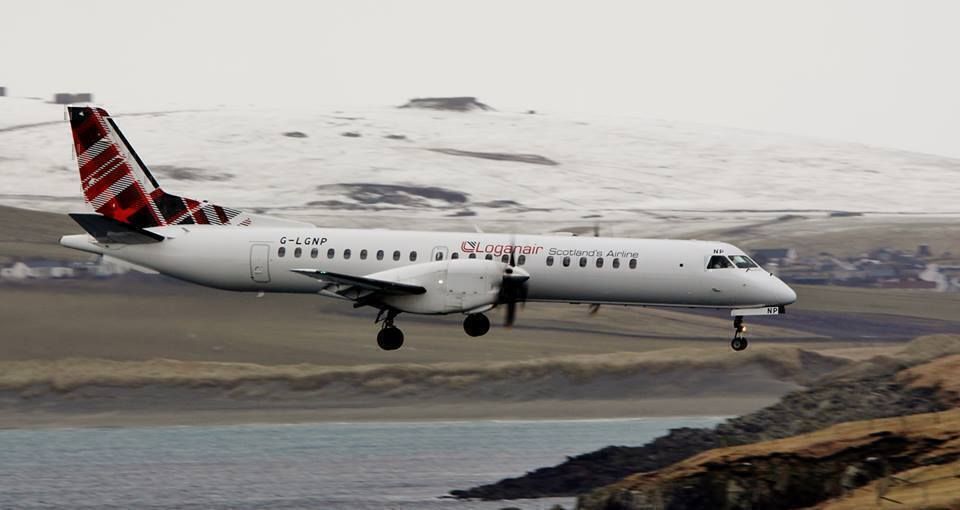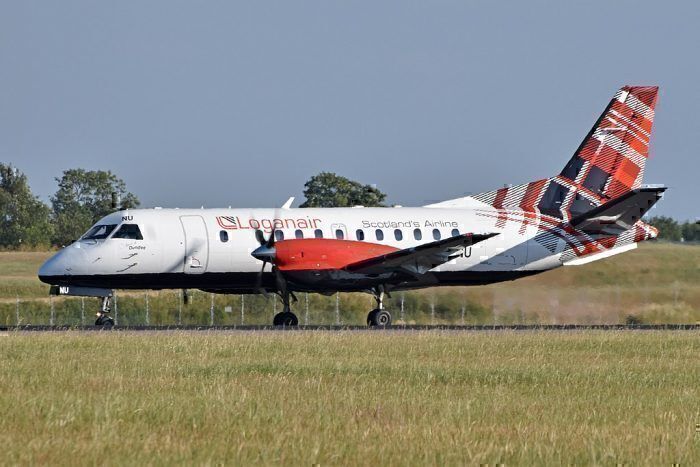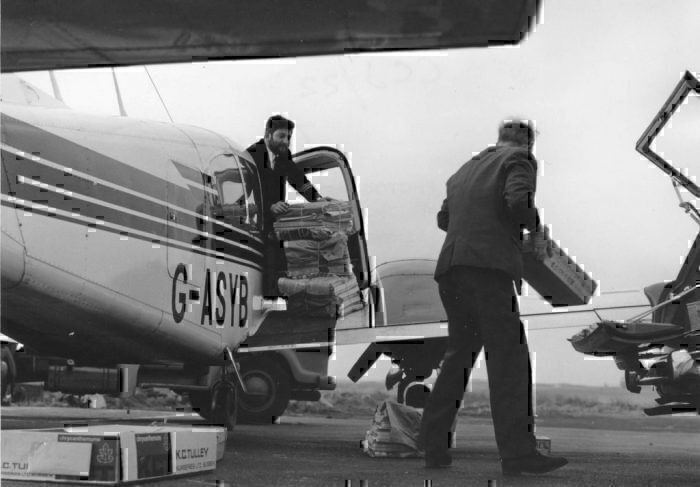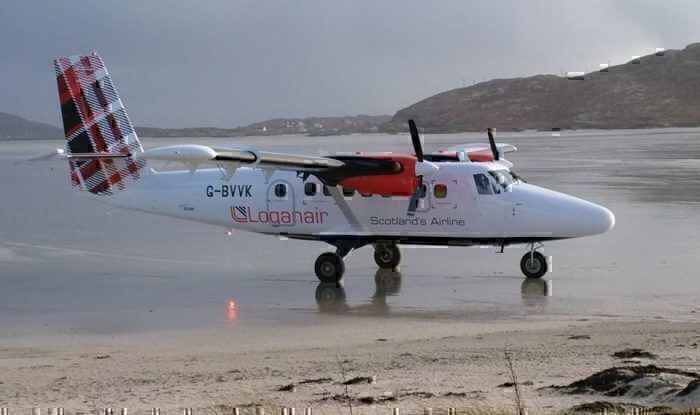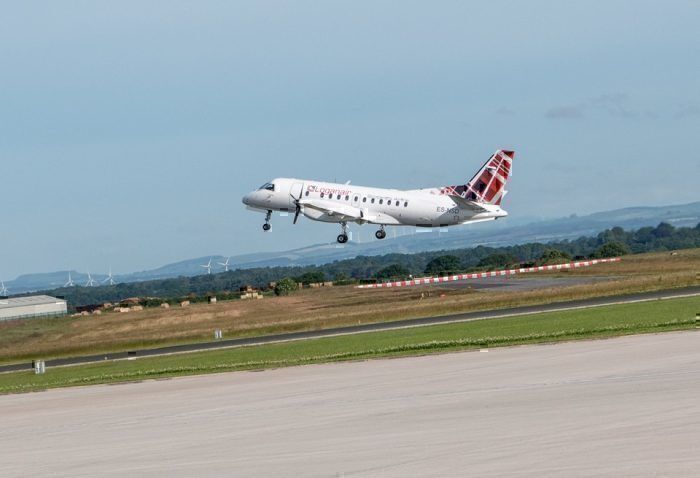After being named airline of the year at the prestigious European Regional awards back in 2018, we thought it was high time we took a look at Scotland's regional airline, Loganair.
After a somewhat chequered past as a Flybe franchise operator, Loganair has emerged from the ashes of Flybe to become the number one regional carrier in Scotland.
Loganair is Scotland’s Airline
Calling itself “Scotland’s Airline”, Loganair is a success story in how to turn a regional airline into a winner.
Judges at the ERA awards praised Loganair for being “an exceptional regional airline, which has rebuilt its commercial infrastructure after the end of its franchise’ while implementing ‘a complete rebrand’ undertaken by a ‘young and inspirational CEO,” according to The Glasgow Evening Times.
Founded in 1962 by William Logan at Renfrew airport with a single Piper Aztec aircraft, Loganair won the contract to deliver the Stornoway newspapers, bringing back supplies of Harris Tweed on the return journey to Glasgow.
In 1967 Loganair launched the first air service to the Orkney Islands, linking Kirkwall to the mainland. Now operating a larger Britten Norman Islander aircraft, Loganair was able to secure a contract as an air ambulance operator.
As the subsequent years went by, Loganair increased its routes to encompass all of Scotland, becoming a British Airways partner in 1994. In 2008 the British Airways partnership agreement came to an end that saw Loganair enter into a new franchise agreement with Flybe.
Loganair was inspired by tartan
By the time 2017 came around, Loganair decided to go its own way with a re-launch that was inspired by the Scottish tartan pattern that British Airways used to use on its Scottish routes.
Today, the familiar Loganair Tartan is 11744 in the Scottish register of tartans. When asked about the rebranding, Loganair managing director Jonathan Hinkles told the Glasgow Evening Times:
“The rebranding was something we obviously put a lot of time into, to try to get it right, and to try to get it right for our customers, but overall, the results we are seeing are really positive.
“These services which we have launched out of Glasgow over the last short while have been well-received, whether it’s to London Southend or Dusseldorf. These are the links we’re launching and adding.
“All of this is something we’ve tried to underpin from a customer and service perspective. We have our own call-center - rather than outsourcing that, we’ve put it in our head office in Glasgow. We’ve also managed to create more jobs in Glasgow, thanks to an expansion.”
When asked to describe the airline's customers Hinkles added,
“They are a real mix of everything and everyone. The services we provide to the Highlands and islands are quite heavily tourist-based at this time of year, but there are also people traveling for NHS hospital treatment.
“Our Glasgow-Stornoway flight first thing in the morning takes all the newspapers out, as well as lots of pharmaceutical supplies. There are a lot of people going out to Stornoway and on the flight back we’re bringing islanders in - some are off to catch flights from the Glasgow hub.”
Loganair has codeshare agreements with larger airlines
Besides Loganair’s expanding routes to Scandinavia, the Scottish Airline remains a lifeline for some of the most isolated spots of the British Isles.
Since its major rebrand, Loganair has struck up partnerships with larger airlines such as Emirates and British Airways from its Glasgow hub. The current Loganair fleet consists of 43 aircraft made up of different types of planes suitable for Scottish regional flying. These include:
- Britten-Norman Islander x 2
- de Havilland Canada DHC-6-310 Twin Otter x 1
- Viking Air DHC-6-400 Twin Otter x 2
- Embraer ERJ-135 x 4
- Embraer ERJ-145 x 13
- Saab 340AF x 2
- Saab 340BF x 2
- Saab 340B x 13
- Saab 2000 x 2
Loganair's total fleet of 43 aircraft will continue to change over the coming years. The airline has plans to simplify its operating types, focusing on the Embraer E-Jet family and the Saab 340. In the future, it plans to add ATR72s and to introduce electric aircraft to the Orkney Islands by 2021.

